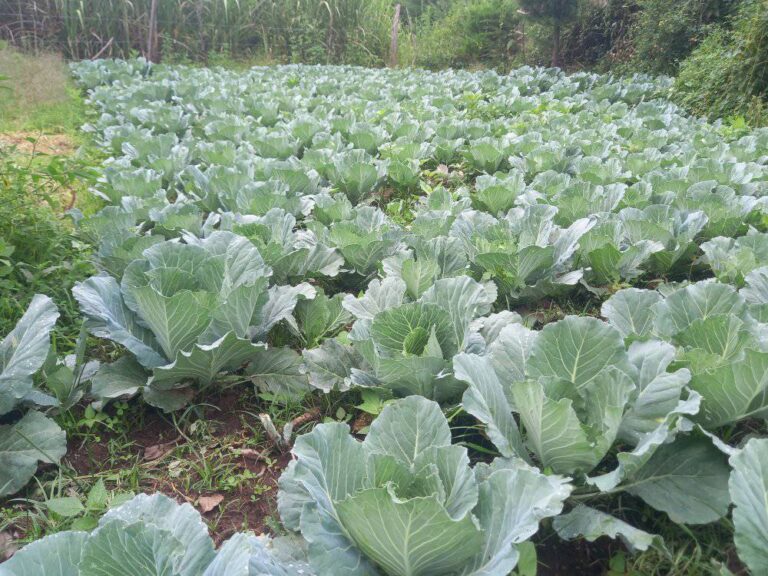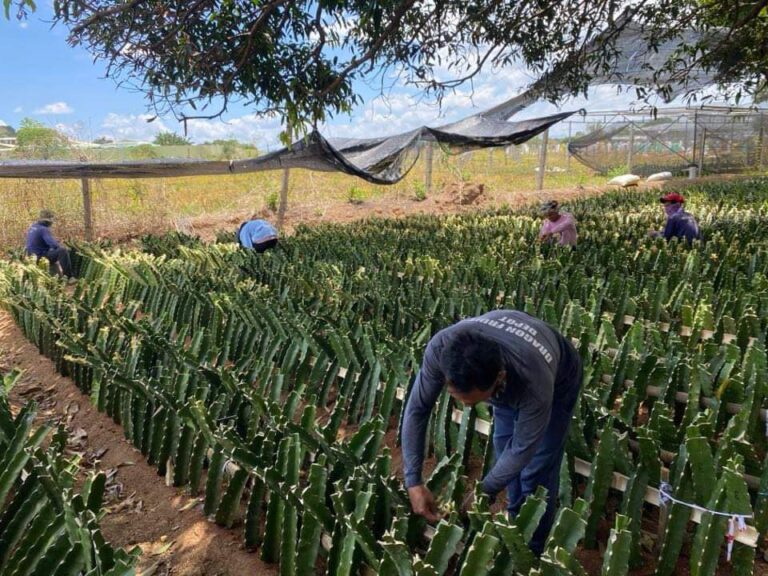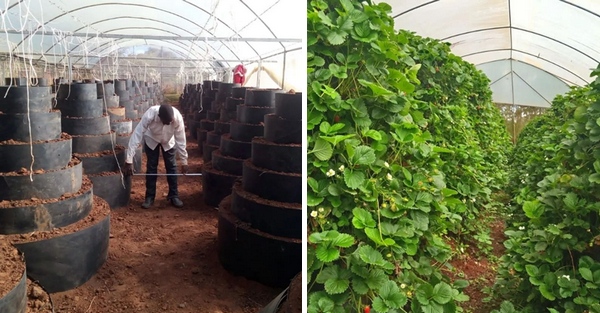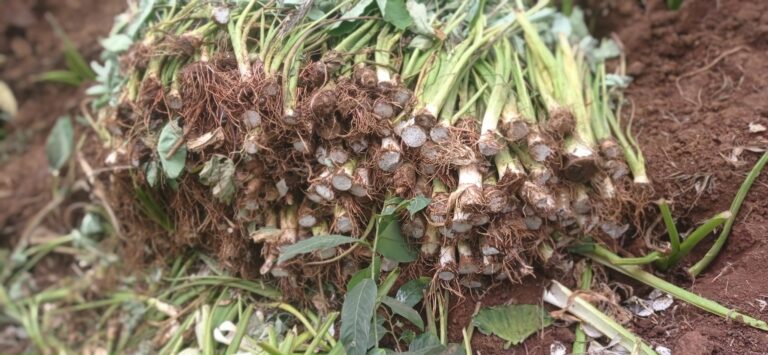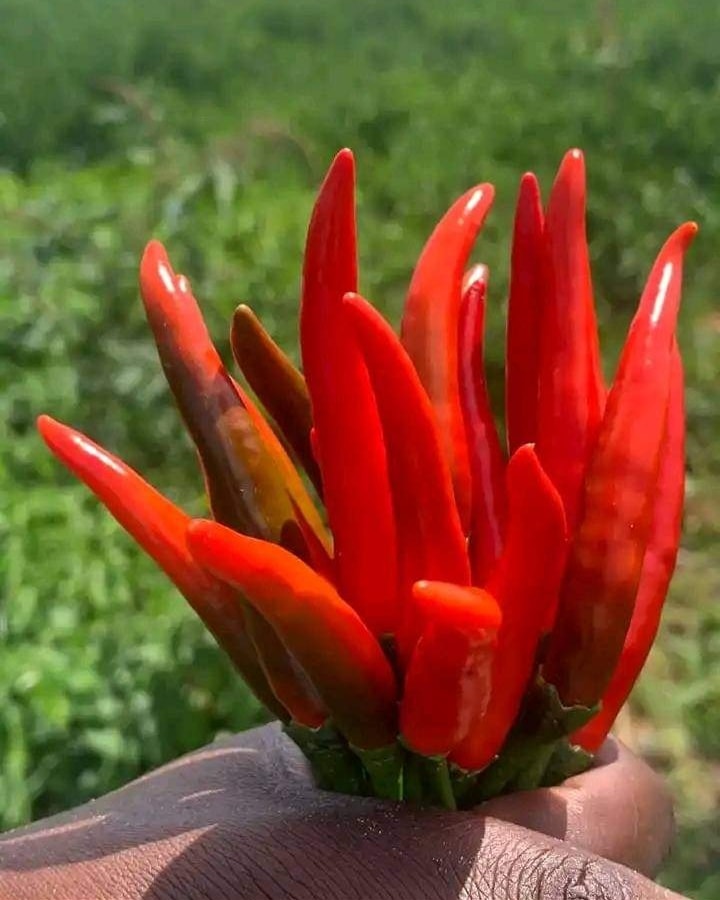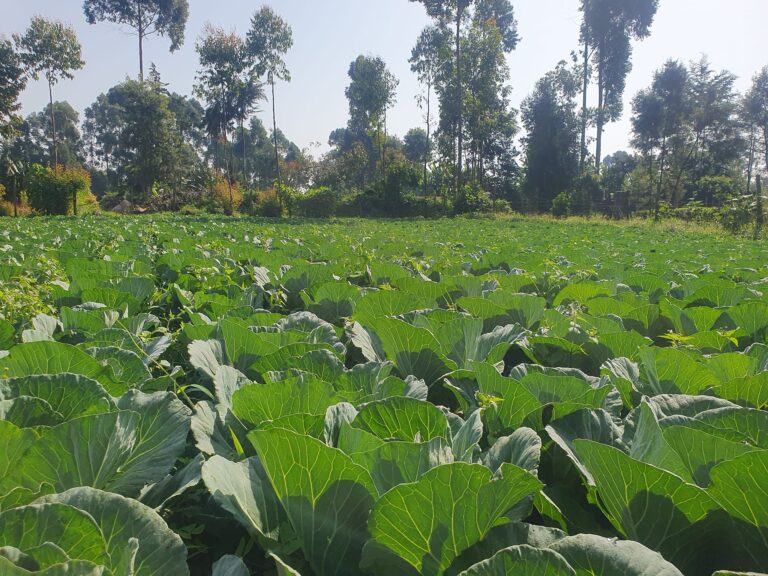Cypress Tree Farming Profit Per Acre In Kenya
Cypress tree farming in Kenya can yield a revenue of approximately KSh 5,000,000 to KSh 10,000,000 per acre, based on 500 to 1,000 mature trees per acre selling at KSh 10,000 each. Farmers can plant 500-700 trees at wider spacing (8 feet apart) or up to 1,000 trees at closer spacing (4 feet apart).
Cypress trees take 25 to 30 years to mature for timber but can be harvested for poles in 8 to 12 years, with each tree potentially fetching up to KSh 10,000.
Cypress Tree Farming in Kenya
Cypress tree farming has emerged as a promising venture in Kenya, attracting both small-scale and large-scale farmers due to its profitability and the increasing demand for timber and other related products.
With the country’s favorable climate, especially in the highland regions, cypress trees have become one of the preferred choices for those looking to invest in tree farming. However, the success of this venture is not solely dependent on the initial planting.
Proper planning, understanding the growth cycle, managing costs, and spacing are crucial elements that determine the overall profitability.
Cypress Tree Farming Profit Per Acre in Kenya
Cypress tree farming in Kenya is known for its impressive returns, especially when managed well. On average, a well-maintained cypress plantation can yield significant profits per acre, but this is influenced by various factors such as tree spacing, growth management, and market conditions.
Cypress trees generally take 25 to 30 years to mature for timber production. However, for those interested in harvesting poles, trees can be cut as early as 8 to 12 years, with each tree potentially selling for up to KSh 10,000 during this earlier harvest phase
Cypress tree farming can yield a revenue ranging from KSh 5,000,000 to KSh 10,000,000 per acre. This estimate is based on the sale of mature trees, which can fetch around KSh 10,000 each. Depending on the planting density, farmers can cultivate between 500 to 1,000 trees per acre.
One of the primary determinants of profitability is the number of trees planted per acre. The more trees you plant, the higher the potential return. However, this needs to be balanced with adequate spacing to ensure healthy growth and optimal timber quality.
The average profit per acre can vary significantly depending on the market price of timber at the time of harvest, which is influenced by demand and supply dynamics.
In Kenya, the timber market has been growing steadily, driven by increased construction activities and the demand for high-quality wood. Cypress trees, being one of the most sought-after species, command a premium price, especially when the wood is of high quality.
Therefore, with proper care and management, farmers can expect a substantial profit from cypress tree farming.
How Many Cypress Trees Per Acre in Kenya
Determining the number of cypress trees to plant per acre is a critical decision that impacts both the growth of the trees and the profitability of the farm. Typically, the recommended planting density ranges between 500 to 1000 trees per acre. This density allows for adequate spacing between the trees, ensuring they have enough room to grow and access sunlight and nutrients.
The exact number of trees per acre can vary depending on the specific variety of cypress and the intended use of the wood. For instance, if the trees are being grown for timber, a lower density may be preferred to allow the trees to grow larger and produce higher-quality wood.
On the other hand, if the focus is on maximizing the number of trees, a higher density might be chosen, though this could result in smaller trees with less valuable wood.
How Long Does Cypress Tree Take to Mature in Kenya
The maturity of cypress trees is a key factor in planning and managing a cypress plantation. On average, cypress trees in Kenya take about 20 to 30 years to mature, depending on the specific conditions of the farm, including soil quality, climate, and tree care practices. However, some trees may reach harvestable size as early as 8-15 years under optimal conditions.
During the growth period, cypress trees undergo various stages of development, from saplings to mature trees. The initial few years are crucial as the trees establish their root systems and begin to grow in height and girth. By the time they reach maturity, cypress trees typically stand tall and robust, ready for harvesting.
The maturity timeline also depends on the intended use of the trees. For example, if the trees are being grown for poles or small timber, they may be harvested earlier, whereas trees intended for high-quality timber might be allowed to grow for the full maturity period.
Cypress Tree Spacing
Proper spacing is essential for the healthy growth of cypress trees and maximizing the yield per acre. The recommended spacing for cypress trees in Kenya is typically around 2.5 meters by 2.5 meters. This spacing allows each tree to have enough room to grow without competing too much with its neighbors for sunlight, water, and nutrients.
Adequate spacing not only promotes better growth but also makes it easier to manage the plantation, including tasks like weeding, pest control, and eventual harvesting. Trees that are spaced too closely together may suffer from stunted growth and increased susceptibility to diseases and pests. On the other hand, spacing that is too wide might result in underutilization of the available land, reducing the overall yield per acre.
Cost of Cypress Tree Farming in Kenya
Starting a cypress tree farm requires a significant investment, but the returns can be substantial if managed correctly. The initial costs include purchasing seedlings, land preparation, and planting, which can range from Ksh 20,000 to Ksh 50,000 per acre. These costs can vary depending on factors such as the cost of labor, availability of water, and the quality of seedlings.
Ongoing maintenance costs include weeding, fertilization, pest control, and eventually, harvesting. These costs are typically lower than the initial investment but are crucial to ensuring the trees reach maturity and produce high-quality timber.
Despite the initial costs, the long-term profitability of cypress tree farming is attractive. Once the trees mature, the income generated from selling the timber can significantly outweigh the costs, leading to a healthy return on investment.
Moreover, cypress trees require relatively low maintenance compared to other crops, making them a viable option for farmers looking for a long-term investment.
Market Demand for Cypress Trees in Kenya
The demand for cypress timber in Kenya is strong and continues to grow, driven by the construction industry, furniture making, and other sectors that require high-quality wood. Cypress trees produce durable, aesthetically pleasing timber that is highly sought after for a variety of applications.
In addition to domestic demand, there is potential for export, particularly to markets that value sustainably sourced wood. As global demand for timber continues to rise, Kenyan cypress farmers are well-positioned to take advantage of these opportunities.
FAQs
How Many Cypress Trees Can I Plant Per Acre in Kenya?
You can plant between 500 to 1000 cypress trees per acre, depending on the specific variety and the intended use of the timber.
How Profitable Is Cypress Tree Farming in Kenya?
Cypress tree farming can be highly profitable, especially if managed well, with the potential to generate significant income from timber sales.
What Is the Ideal Spacing for Cypress Trees?
The ideal spacing for cypress trees is around 2.5 meters by 2.5 meters, allowing for healthy growth and easy management.
